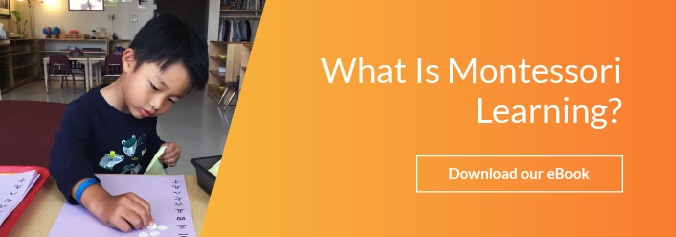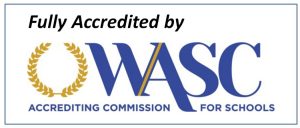If you have considered sending your child to a Montessori school, you may be wondering what to expect and what others have found to be benefits or possibly drawbacks about a Montessori education. The Montessori Method was created and developed by Maria Montessori in the early 20th century. She recognized the need for children to learn through movement and natural curiosity. Giving a child all the time they need to master a skill driven by their own interest without the need of an external incentive provided a whole new approach to education. With more and more parents opting out of sending their children to public school, looking for better fits for individual children’s education needs is becoming more and more widespread. Every child is unique and can not be tethered to a pace that is predetermined by a curriculum. Education should fit the child, not the other way around. But with every educational method or approach, there are positives and negatives. Let’s go through a list of the biggest pros and cons to a Montessori education.
Pros
- Students learn independence at a young age. The Montessori method does not begin with school aged children. It can start much earlier with preschool aged students who are ready to learn fine-motor skills as well as other skills that can help them learn how to better interact with the world around them.
- Choice drives each child’s education. A Montessori classroom is set up so students can interact with different stations if they are interested in them. They can spend as little or as much time at each station as they like. This type of learning allows the students to stay motivated throughout the class. If they lose interest in a particular skill, they can move on to something that re-ignites their curiosity.
- Classrooms promote order. While choice sounds like it could lead to a lot of children dumping out activities and running on to something else, a huge pro to a Montessori education is the simple rule that a station must be put back before a student can move on. This is a wonderful skill to instill in your child and you may even see this benefit at home, as well. A Montessori classroom should look the same at the end of the day as it did when the day started.
Cons
- One of the biggest cons for a Montessori education, as well as any other private education is that it can be expensive. To find a quality education that fits your child’s needs and interests, you will have to pay for it. On average across the U.S., private schools cost about $10,000 every year per student. However, as private schools become more and more in demand, more Montessori schools and other private schools seem to be popping up everywhere. Competition for new enrollment may begin to drive the costs down. But paying for education also ensures that your child gets the quality education you have dreamed of providing for them.
If you are looking for a Montessori education for your child in the Danville, CA area, give Fountainhead Montessori School a call today.












Let us know what you think about this post
Put your Comment Below: